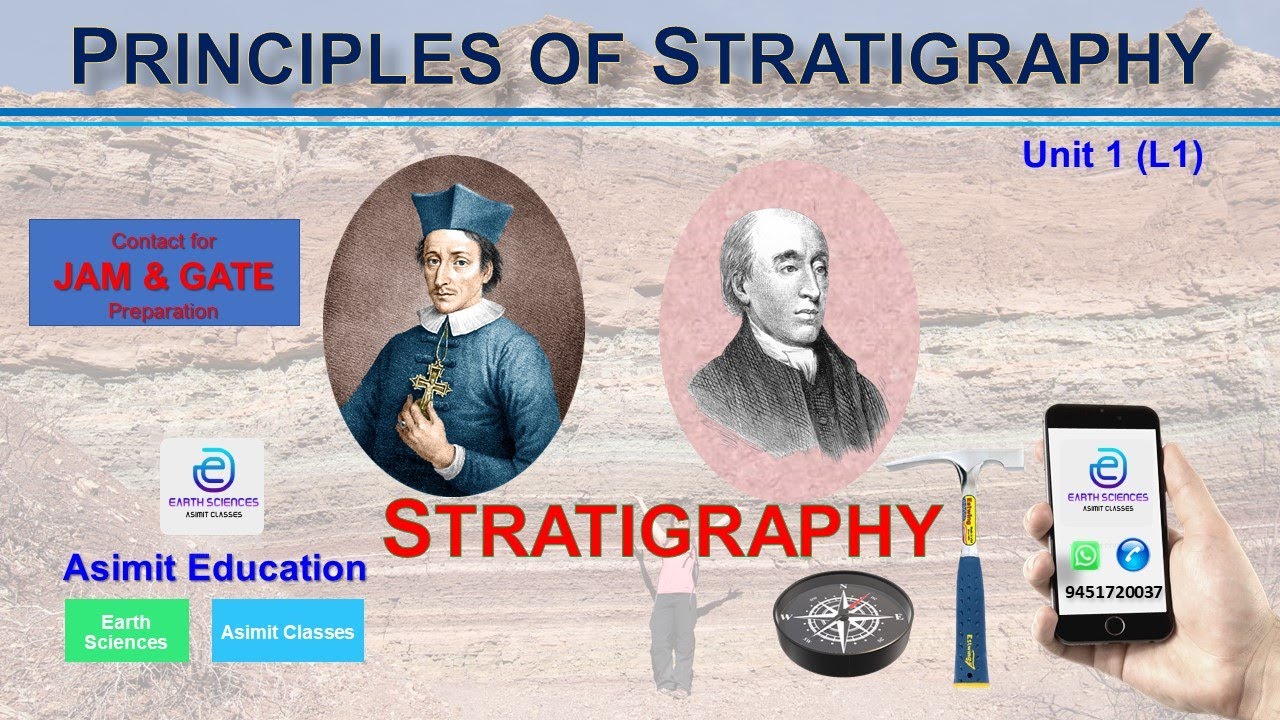PERSIAPAN ASAS 24/25
Summary
TLDRThis educational video script introduces fundamental concepts of history, emphasizing the interconnectedness of people, time, and space through metaphors like trees with branches. Key topics include the evolution of historical events, the concepts of change, continuity, and repetition, and different historical approaches such as diachronic (chronological) versus synchronic (multidimensional) thinking. The script also explores the stages of historical research, from topic selection to historiography. Types of historiography, including traditional, colonial, national, and modern, are explained, highlighting the varying perspectives and methodologies used in writing history.
Takeaways
- 😀 Art is metaphorically described as a tree with interconnected branches, representing the complex relationships within history and events.
- 😀 History is composed of three key elements: humans, space (place), and time (when events occur). These are essential for understanding historical contexts.
- 😀 Change in history can be fast or slow, but it always involves a transformation from simplicity to complexity and from underdevelopment to advancement.
- 😀 Continuity refers to events or practices that persist over time, such as recurring societal practices (e.g., land leasing or forced labor).
- 😀 Repetition in history involves similar events happening in a recognizable pattern, though not exactly the same in every case.
- 😀 Chronological thinking (diakronis) involves understanding historical events in a sequence based on time, organizing them in a timeline.
- 😀 Synchrony (sinkronik) is a multidimensional approach to history that looks at events from different perspectives and timeframes simultaneously.
- 😀 Historiography is the study and writing of history, which includes various methods of historical interpretation.
- 😀 Traditional historiography is narrative and legendary, often focusing on storytelling aspects of history.
- 😀 Colonial historiography views historical events from the perspective of the colonizers, offering a biased interpretation of history.
- 😀 National historiography seeks to inspire patriotism and national identity by emphasizing specific historical narratives that align with national pride.
- 😀 Modern historiography adopts a scientific approach, using primary sources and objective analysis to write history.
Q & A
What does the term 'musik' symbolize in the context of this discussion?
-In the context of the transcript, 'musik' is used metaphorically to represent something that is dynamic and interconnected, much like the branches of a tree that relate to one another within a certain space or context.
What are the key components of history mentioned in the transcript?
-The key components of history mentioned include human beings, space (or place), and time. These elements form the basis of historical events and understanding.
How is 'history' conceptualized in terms of time and space?
-History is conceptualized as an ongoing process that happens within the context of time and space. 'Time' refers to when an event occurs, and 'space' refers to the location where the event takes place.
What is the significance of the term 'perubahan' in the context of history?
-The term 'perubahan' refers to changes in history. It highlights that historical changes can happen rapidly or slowly and involve the evolution from simple to complex societies.
What does 'kesinambungan' mean, and how does it relate to historical events?
-'Kesinambungan' means continuity, emphasizing that certain historical processes or events continue over time, such as the long-term use of land or practices like forced labor.
What is the concept of 'pengulangan' in historical events?
-'Pengulangan' refers to the repetition of similar events, where the events follow a recognizable pattern, but they are not exactly the same every time.
What does the term 'diakronis' mean in historical thinking?
-'Diakronis' refers to a chronological way of thinking about history, focusing on the sequence of events over time. It is a linear approach that emphasizes periods and timelines.
What is 'sinkronik' and how does it differ from 'diakronis'?
-'Sinkronik' is a multidimensional way of thinking about history that looks at events across different times and places simultaneously, contrasting with 'diakronis', which focuses on events in a linear, chronological sequence.
What are the stages of historical research as outlined in the transcript?
-The stages of historical research include selecting a topic, conducting research, and ultimately writing the history through historiography, which involves understanding and interpreting the past.
What are the different types of historiography mentioned, and what do they signify?
-The transcript discusses several types of historiography: 'traditional', which is narrative and legendary; 'colonial', which views history from the perspective of the colonizers; 'national', which fosters national spirit; and 'modern', which uses scientific methods and primary sources for analysis.
Outlines

Dieser Bereich ist nur für Premium-Benutzer verfügbar. Bitte führen Sie ein Upgrade durch, um auf diesen Abschnitt zuzugreifen.
Upgrade durchführenMindmap

Dieser Bereich ist nur für Premium-Benutzer verfügbar. Bitte führen Sie ein Upgrade durch, um auf diesen Abschnitt zuzugreifen.
Upgrade durchführenKeywords

Dieser Bereich ist nur für Premium-Benutzer verfügbar. Bitte führen Sie ein Upgrade durch, um auf diesen Abschnitt zuzugreifen.
Upgrade durchführenHighlights

Dieser Bereich ist nur für Premium-Benutzer verfügbar. Bitte führen Sie ein Upgrade durch, um auf diesen Abschnitt zuzugreifen.
Upgrade durchführenTranscripts

Dieser Bereich ist nur für Premium-Benutzer verfügbar. Bitte führen Sie ein Upgrade durch, um auf diesen Abschnitt zuzugreifen.
Upgrade durchführenWeitere ähnliche Videos ansehen

KONSEP DASAR SEJARAH

Boek - Architecture: Form, Space, and Order

Principles of Stratigraphy (STRATIGRAPHY- U1 L1) #STRATIGRAPHY #GATE #JAM #CSIR #NET #GEOLOGY

Sejarah itu apasih? #sejarah #pengertian #belajarsejarah

Keterkaitan Manusia, Ruang, dan Waktu dalam Peristiwa Sejarah

SPATIAL CONCEPTS! [AP Human Geography Review—Unit 1 Topic 4]
5.0 / 5 (0 votes)
